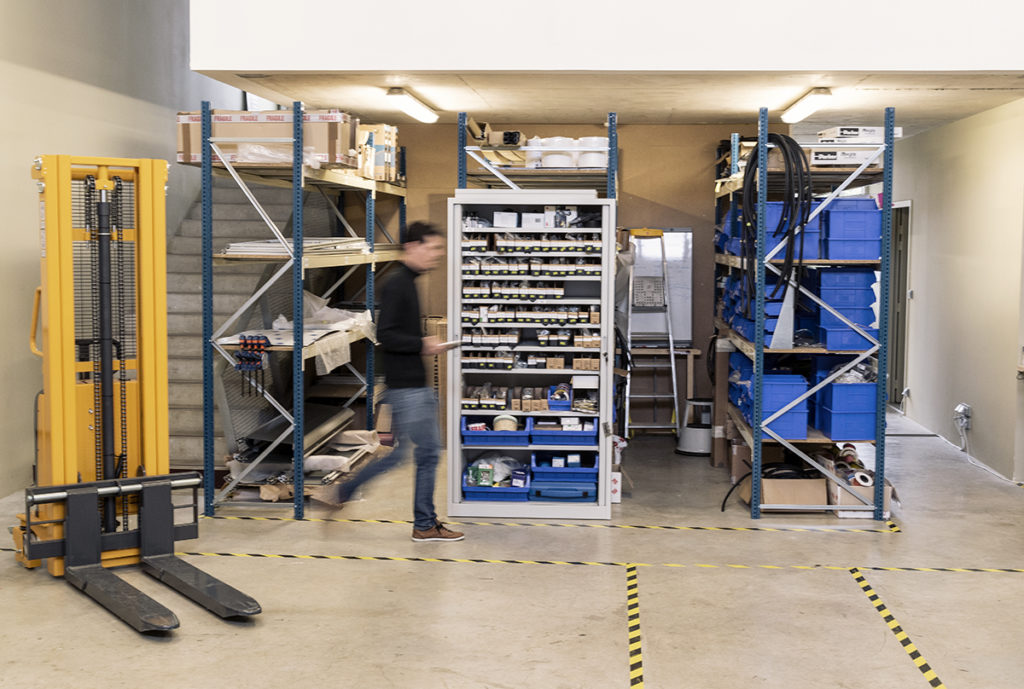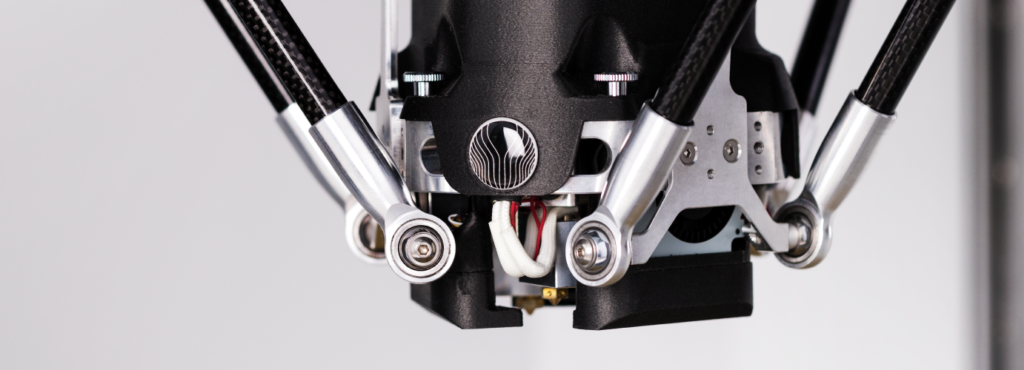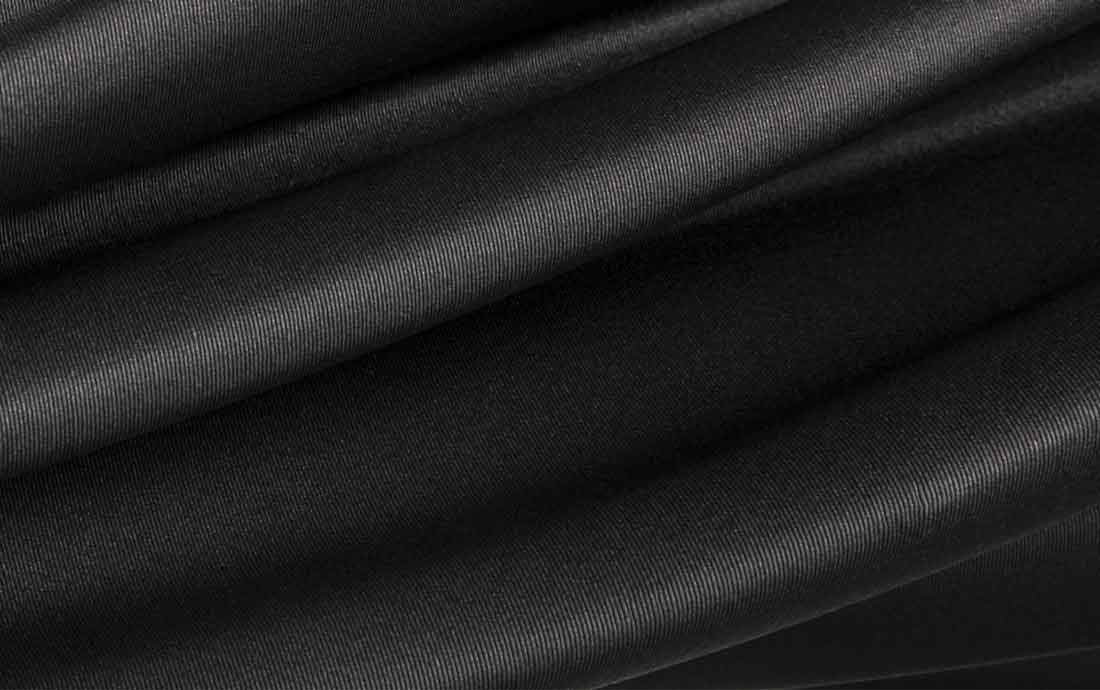LYNXTER x THIRD
THIRD, additive manufacturing service provider in St Nazaire (Loire-Atlantic region of France) has a fleet of over thirty additive manufacturing machines including several S600D machines with three different toolheads: two toolheads for depositing thermoplastic filament (FIL11) and one toolhead for liquids (LIQ11).
THIRD uses the S600D to build parts for its customers as well as to perform their R&D design iterations notably in aeronautics and health care sectors.
HOW DOES THE MODULARITY OF THE S600D MEET THIRD’S NEEDS?
THIRD builds silicone parts to address the specific needs of its customers in the rail and aeronautics sectors, in particular. These two sectors require silicone parts for prototyping, final parts, as well as for custom-made parts.
Traditionally, these sectors build molds for their silicone parts. However, this process is often costly, time consuming and does not allow for rapid prototyping or urgent manufacturing. Lynxter’s S600D enables new iterations to be created easily, rapidly and at a small cost, compared to other methods.
Because projects for silicone parts are new, THIRD makes the most of the machine’s modularity and switches to a filament toolhead whenever the demand for silicone parts decreases. In this manner, the service provider makes continuous use of the Lynxter machine tool.. The modularuity of the S600D makes it easy to adapt and respond to customer needs.
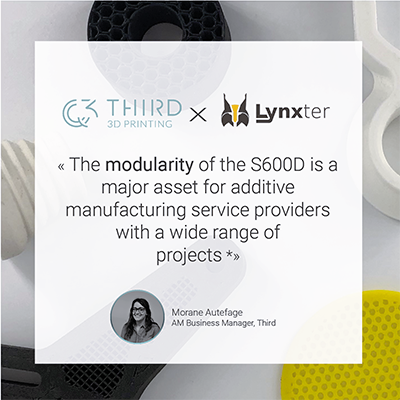
The S600D is modular. It is easy to switch between manufacturing processes, from a filament process to a liquid process. Its modularity also makes it possible to print with any material from any manufacturer.
The company can choose either to use the print profiles already in the machine for preconfigured materials, or can make its own print profiles. THIRD likes to take existing print profiles and modify them according to its needs.
What benefits does the modularity of the S600D bring to THIRD?
The build chamber of the S600D can be uniformly heated up to 80 degrees C. This temperature control enables THIRD to print with highly technical materials that are hard to extrude.
The growing demand for parts in silicone and ceramics makes the S600D essential to THIRD because it is, to date, the only additive manufacturing machine tool that can extrude both liquid silicone and ceramic pastes and that can also switch to a thermoplastic filament process when required.
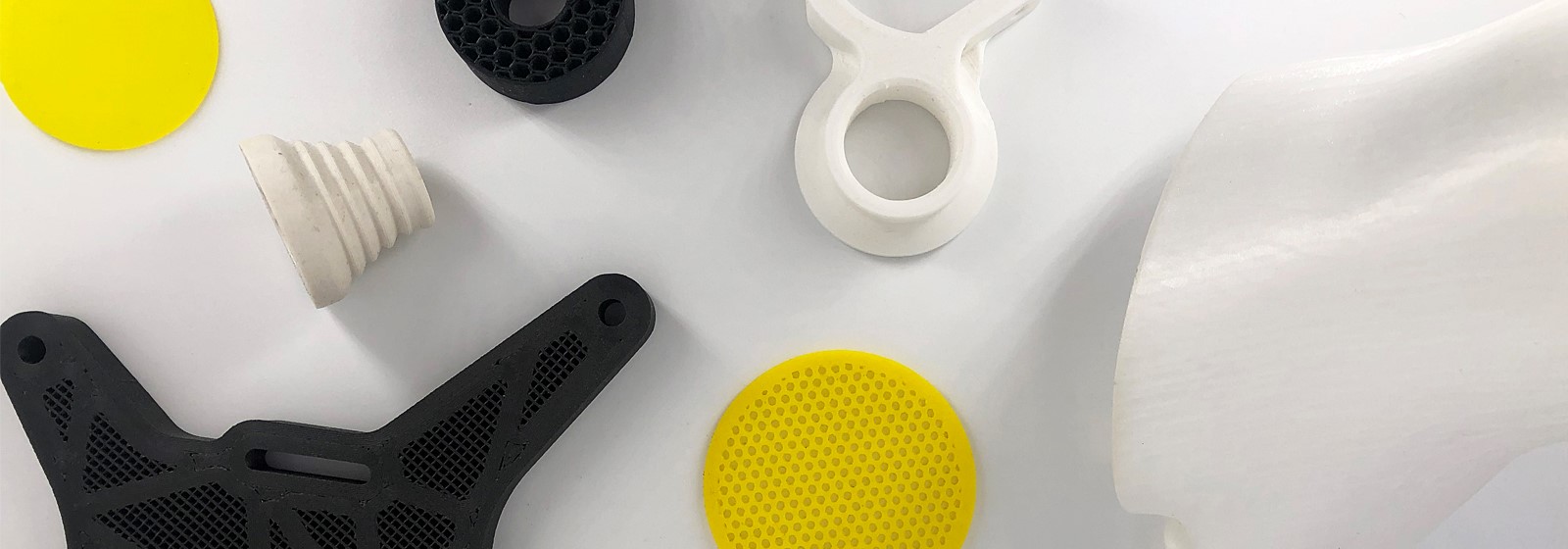
What advantages does the S600D have over other additive manufacturing machines?
The Lynxter S600D is favored because of its build volume. With a capacity of 390×600 mm, the machine can be used to print much larger parts than smaller machines.
The possibility to control and filter the atmosphere during printing is a major advantage of the S600D and makes it possible to print highly technical materials that are virtually impossible to extrude safely on a 3D printer with no atmospheric control.
The possibility to change the build plate depending on the material extruded is an invaluable benefit, useful for preventing print defects: detachment and warping in particular. There are three build plates, each perfectly suited to the different toolheads so that no additional products are required on the build surface.
Current position and future of 3D printing according to THIRD?
All THIRD’s workshop employees are capable of operating the S600D easily and efficiently. The machine is used daily. There is a very high demand for parts printed in thermoplastics, a well-known and widespread process, whereas the new silicone technology is less well known. Demand for silicone parts is, however, currently on the rise due to its increasing popularity. THIRD also observes an emerging demand for ceramic 3D printing projects, notably in the jewelry sector
There is a growing demand for 3D printed silicone parts. The process is extremely sought after in many different sectors including healthcare, aeronautics and rail transportation.
THIRD’s additive manufacturing future includes fire retardant silicone. Such a material is not yet fully exploitable in additive manufacturing, although there is a strong demand for it from manufacturers
About THIRD:
THIRD was born from the desire of four aeronautical industry professionals and friends to unite their skills around a project designed to optimize lead times and costs associated with both design and production. The team at THIRD uses its knowledge to help its customers find the best solutions to 3D print their parts. Whether they have ideas, drawings or a part to show us, THIRD accompanies its customers throughout all stages of their projects from design right through to recycling and including all manufacturing stages (prototyping, small to large series production etc.)
For more information www.03rd.fr



